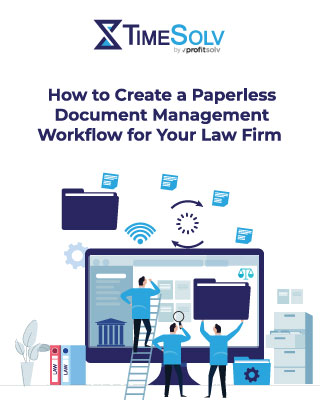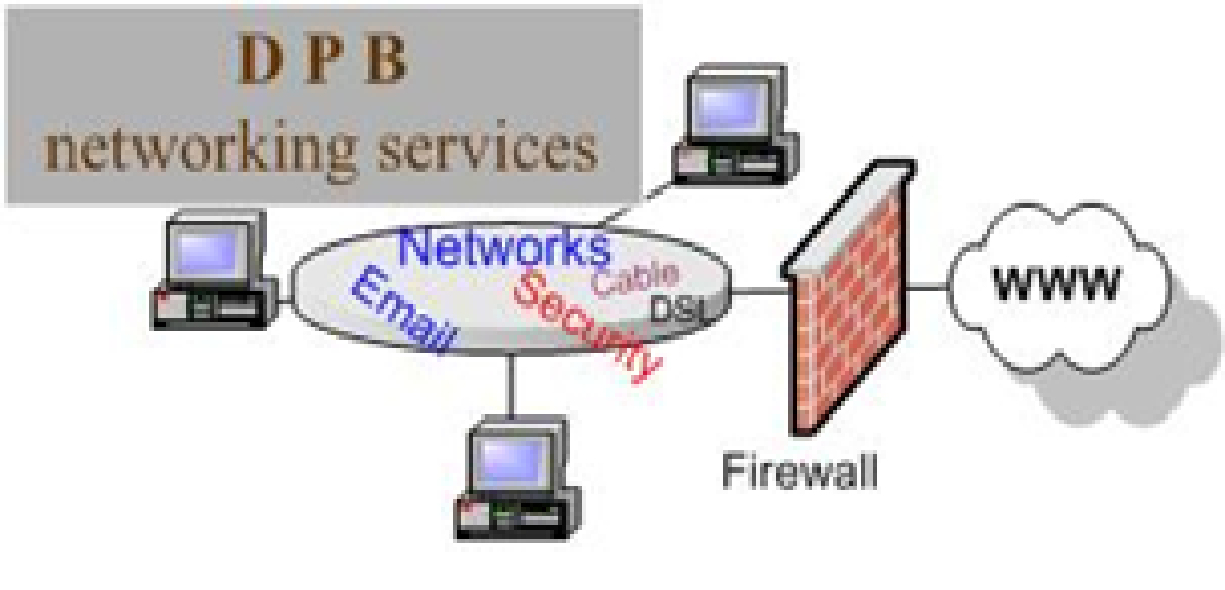If you want to run a successful law firm, you need to be adept at practicing law and delivering results for your clients, but that’s just the beginning.
A critical component of any firm’s success is effectively tracking progress and growth to make sure that the firm can achieve its long-term goals for client satisfaction and profitability.
With that in mind, TimeSolv has created this list of essential key performance indicators (KPIs) that every law firm should track. Let’s dive in and see how leveraging a great web-based time and billing solution can provide you with actionable data to make tracking your KPIs a snap and help guarantee that your firm is on the path to success.
Why are KPIs important for your law firm?
The legal industry is unique in many ways, but law firms still must operate as businesses. As such, they need to establish priorities and goals to grow and prosper.
However, goals are most impactful when you can measure progress on them. This is why KPIs are so useful.
KPIs allow law firms to:
- Measure whether attorneys are on track to achieve their goals
- Identify where progress has stalled
- Monitor staff performance and enhance accountability
- Determine how resources are being used
This information allows for more informed decision-making; with clear KPIs, law firms can identify areas where improvement is needed, determine which initiatives deliver the most ROI, and better demonstrate their value to clients.
Essential KPIs for every law firm to monitor
While KPIs provide crucial data for law firms, it can be challenging to identify where to start, especially if you’re new to tracking this kind of information. Below are seven KPIs that deliver the most value for law firms.
Billable hours
Billable hours are among the most critical metrics your law firm should be tracking. Keeping track of the hours your team spends on various matters will provide you with valuable insights into their productivity and efficiency.
Cloud-based time-tracking software allows you to quickly identify areas of your practice that could be performing better or team members who might be overburdened. Look for software that provides:
- The ability to track time anywhere at any time, even if you’re offline
- Multiple timers that work for multitasking team members (when you start a new timer, it automatically pauses the last one you used)
- Limits on hours for billed tasks so you can stay on budget
With this information in hand, your firm can optimize resource allocation, improve time management, and increase your overall profitability.
Revenue and profitability
Revenue and profitability are clear indicators of your law firm’s financial health. It’s essential that you effectively track this data so you can effectively:
- Analyze your revenue streams
- Identify areas of growth
- Measure the success of your marketing efforts
- Optimize your pricing strategies
How to Create a Paperless Document Management Workflow for Your Law Firm
To provide your clients with the best value possible, consider setting up paperless
document management workflows.
Don’t know where to start? Consider this your step-by-step map to creating a more efficient, eco-friendly law firm.
Download our free guide to create a paperless document management workflow for your law firm today!
Client acquisition and retention
Without clients, your firm can’t grow.
But without data that shows you exactly where your clients are coming from, who they are, and why they choose your law firm (or don’t choose it), it can be difficult to improve your client acquisition and retention rates.
To track client acquisition KPIs, look at:
- Number of consultations set
- Number of clients after consultation
- Number of new clients
- Conversion rates
- Client acquisition cost (CAC)
- The lifetime value of each client
- The average monetary value of each matter
- Referral sources
By keeping a close eye on this data, your firm can identify effective marketing channels, foster client relationships, and enhance the client experience.
Client satisfaction
Along with client acquisition and retention, another vital KPI that your firm needs to be tracking is client satisfaction. What your clients tell friends and colleagues about your services can consistently generate new business for your firm or leave you wondering why you’re not getting referrals.
Tracking client satisfaction gives you a clearer understanding of the client experience and areas where your firm can improve it for optimal results. One way to track this KPI is by creating client satisfaction surveys.
Some questions to include that will provide you with invaluable insights are:
- How satisfied were you with our firm’s communication with you?
- How likely are you to recommend us to a friend?
- How satisfied are you with the outcome of your case?
- Based on your experience with our firm, what would you say are our strengths?
- Based on your experience with our firm, what would you say are our weaknesses?
Matter and case management
Effective matter and case management are crucial aspects of providing high-quality legal services for your clients. Paying close attention to metrics related to matter intake, case progression, and resolution times can help your firm dial in its efficiency and improve processes.
Productivity and utilization
One of the keys to the success of any law firm is effectively monitoring your productivity and utilization. By tracking KPIs like billable hours per attorney, utilization rates, and task completion times, you can identify areas where productivity can be improved and allocate your resources more effectively.
Using legal practice management software can take the heavy lifting out of tracking your productivity and utilization by allowing you to easily and quickly monitor attorney workloads, task assignments, and tracked time, which gives you the opportunity to balance workloads, find areas for improvement, and make important staffing decisions.
Collections and accounts receivable
Effective management of collections and accounts receivable is pivotal to ensuring that your firm maintains a positive cash flow and financial stability. Regularly tracking data related to accounts receivable aging, collection rates, and outstanding balances enables you to zero in on billing and collections issues so you can take action.
To track these KPIs effectively, you’ll need a practice management solution that offers comprehensive billing and collection tools that will provide insights into things like accounts receivable, payment history, and overdue invoices.
When you have a clear picture of your accounts receivable and collections issues, you can streamline your billing processes, reduce payment delays, and improve your cash flow management.
Ready for a reporting solution that gives you the information you need to succeed?
If you’re looking for a way to track these critical KPIs and improve your firm’s processes across the board, you’ll need a software solution that’s tailored to the specific needs of your legal practice.
When you choose TimeSolv, you’ll gain access to robust tools designed to help you with everything you need to succeed. With dashboards reviewing everything from time tracking to expense tracking, project management, and more, TimeSolv has you covered.
Get things moving in the right direction at your firm with a free, no-obligation 30-day trial.
How to Create a Paperless Document Management Workflow for Your Law Firm
To provide your clients with the best value possible, consider setting up paperless
document management workflows.
Don’t know where to start? Consider this your step-by-step map to creating a more efficient, eco-friendly law firm.
Download our free guide to create a paperless document management workflow for your law firm today!


















